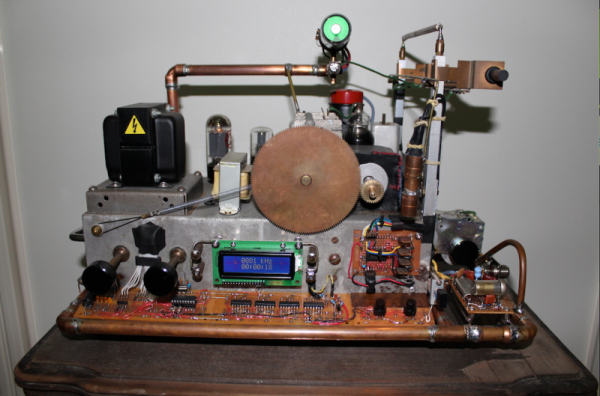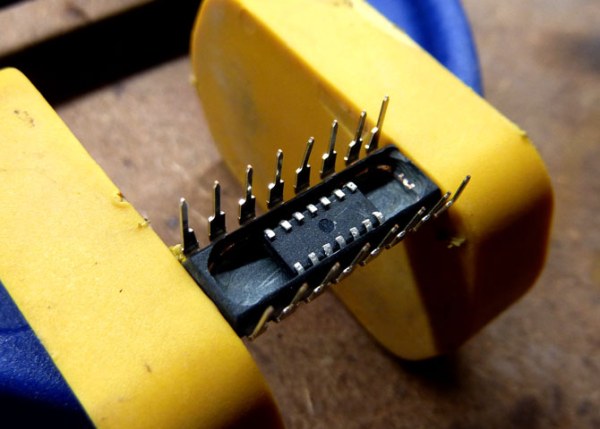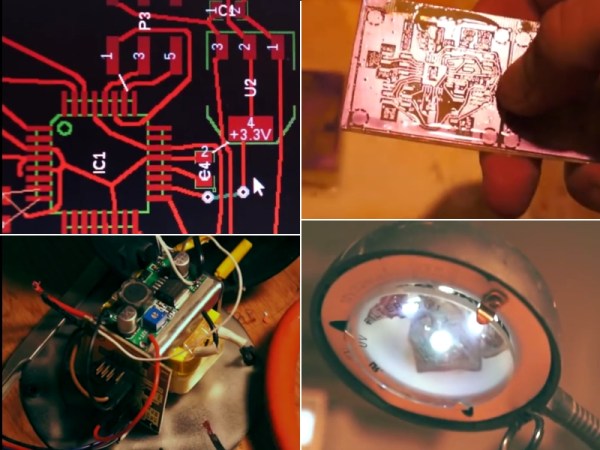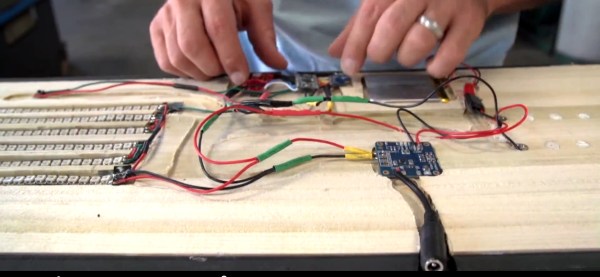Noting that funding for science has run dry for many researchers, [Gaurav] has built a supercomputer from 200 Playstation 3 consoles housed and chilled inside an old refrigerated shipping trailer. His mission at UMass Dartmouth from the National Science Foundation is simulating black hole collisions with an eye on learning something about gravitational waves.
Dr. [Gaurav Khanna] is no stranger to using PS3 supercomputers to do meaningful science. Seven years ago he proposed a 16-PS3 supercomputer running Linux and managed to convince Sony to donate four consoles. The university kicked in funding for another 8 and [Gaurav] ponied up for the last four out of his own pocket. He dubbed it the “PS3 Gravity Grid” and received international attention for the cluster. For equivalent performance, it cost him only 10% the price of a real supercomputer. This led to published papers on both hacked supercomputers and gravity waves. But that rig is looking a little old today. Enter the Air Force.
Dr. [Khanna] was not the only one using PS3s to crunch data – back in 2010 the US Air Force built the “Condor Cluster” of 1,760 PS3s to perform radar imaging of entire cities and do neuromorphic AI research. With their hardware now expired, the Air Force donated 200 of the PS3s to [Gaurav] for his new build. Now that he has wired them up, the Air Force is donating another 220 for a not-snicker-proofed total of 420.
For those sceptical that the now 8-year-old hardware is still cost-effective, even with free consoles it is marginal. RAM is an issue and modern graphics cards are each equivalent to 20 PS3s. Ever the popular target these days, Sony has the PS4 OS locked down from the get go – thanks Sony. The next cluster planned will be with PCs and graphics cards. For now, [Gaurav] has plenty of calculations that need crunching and a queue of colleagues have formed behind him.


















